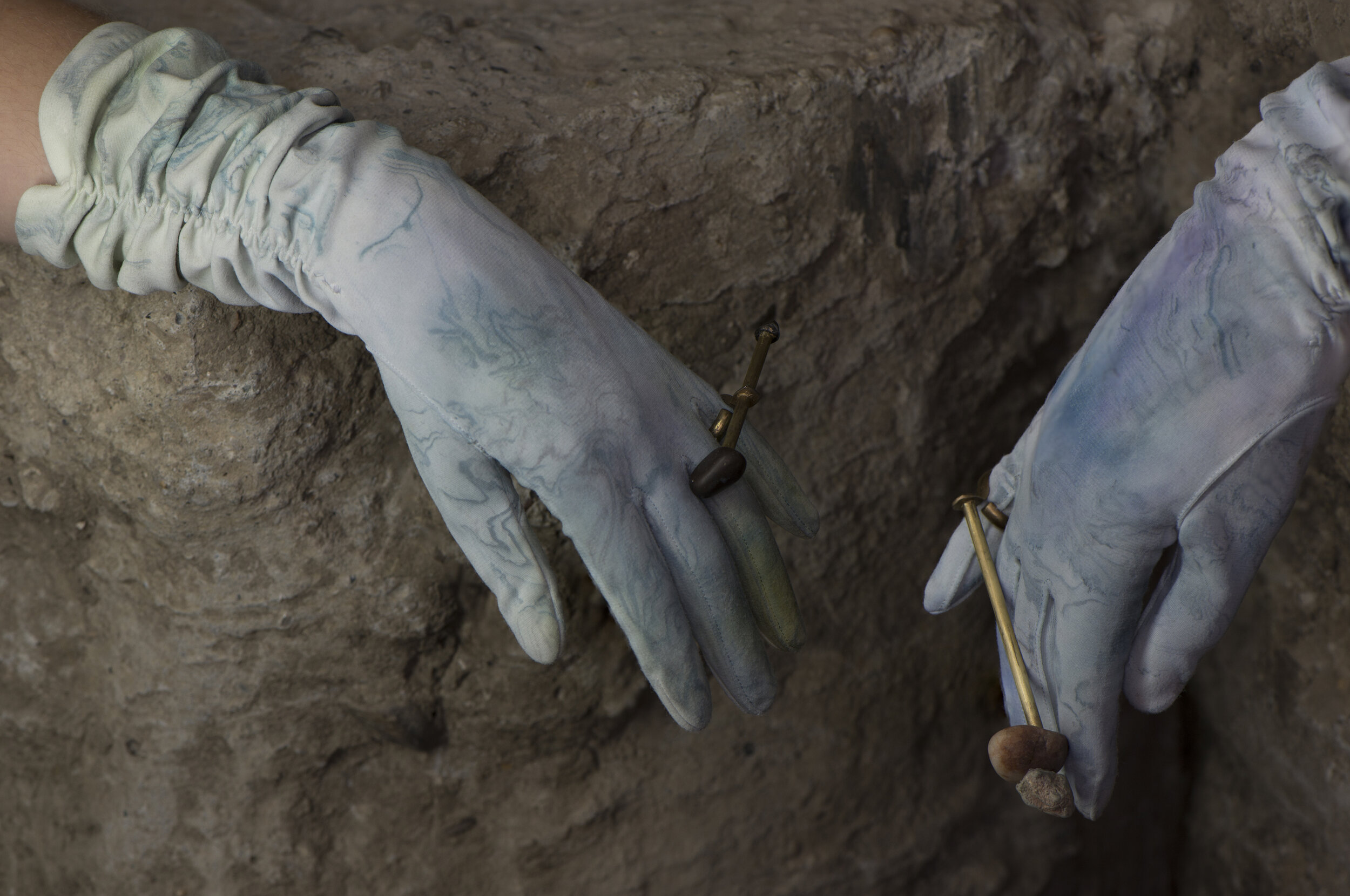Signs of Life | Taiessa
A response to Alma Louise Visscher & Taryn Kneteman’s Secret Growing
I still have a folder in my bookmarks bar titled From Alma. While I may not know Taryn as personally, I can recall the many times that Alma shared an article, artwork, or archive followed by credit to Taryn for initially sharing the resource, or credit to the resource for the impact that it has had on their work together.
Punctuating these resources are common themes of care, collaboration, and appreciation. These same ideas reveal themselves as tenets not only in Alma and Taryn’s final works, but in their very approach to working together - both with one another, and with respect for the space, objects, and histories around them.
As I see it, these series stir questions of value and preservation, calling on the history of still life while asking us to inquire about the specific histories of the objects-turned-artworks before us. There is both a sense of transience and a deep grounding in the work. We see flowers in various states of the inevitable cycle of life and decay. The same hands that plucked them from the earth are adorned with stones from the river, resting on finger tips in a formation that evokes models of our solar system. While the flowers shrivel away, the stones bear the weathering of ages before. Diligent polishing reveals striations that tell of their histories, freezing the moment in time that they were gathered from the riverside. Worn delicately and staged for photographs in a similar manner to fine jewels, the use of these stones further complicates notions of value - if I didn’t know differently, I would expect that the images from Hand to carry came from a spread in a high-end fashion magazine that I wouldn’t know the name of. The work asks us to question authority: who decides, and how do they decide, that one stone is more precious than another?
Despite what may be arbitrary attributions of value, Alma and Taryn approach each object and material with deep thoughtfulness. They learn of the history of their materials, the specificity of the places from which they were gathered, and develop a keen material relationship as they work hands-on, exploring the unique malleability and scope of transformation that each medium offers when treated so tenderly.
Their attention to detail is emphasized in Somewhere Near the End of the World. I look at these pseudo-screens and wonder how light would filter through if they were hanging in my window - what shadows would they cast upon the room as the sun’s rays set through them; how would they shield and how could they change the spaces we find ourselves in? With their marbled, geode-like patterns, maybe they are interior slices of the soap and concrete and rocks that they rest upon. Made of delicate materials caught in an even more delicate balance, I see them echoing Hilma af Klimt’s call to consider formlessness as a sign of life.1 Appearing as amoebas stretched thin, they garner volume and strength when gathered together in numbers. These nebulous forms ask us to reframe what growth looks like as we consider our proximity worlds gone past, that we may choose what to carry forward from here with care.
Hilma af Klint, Diary Entry, September 16, 1903.
About the Author
Photo courtesy of the Artist
Taiessa (she/her) is a multi-discipline artist living in Amiskwaciwâskahikan, so-called Edmonton. Taking an auto-ethnographic approach to her work, she explores themes of intimacy and nurturance. Taiessa’s primary mediums include printmaking, soft sculpture, and long conversations with friends. She obtained a Fine Art diploma with distinction from Grant MacEwan University before completing her BFA at the University of Alberta. Taiessa recently participated in the Mitchell Art Gallery’s Artist Exchange program, and when not in the studio spends her time as Production Supervisor at The Works.



